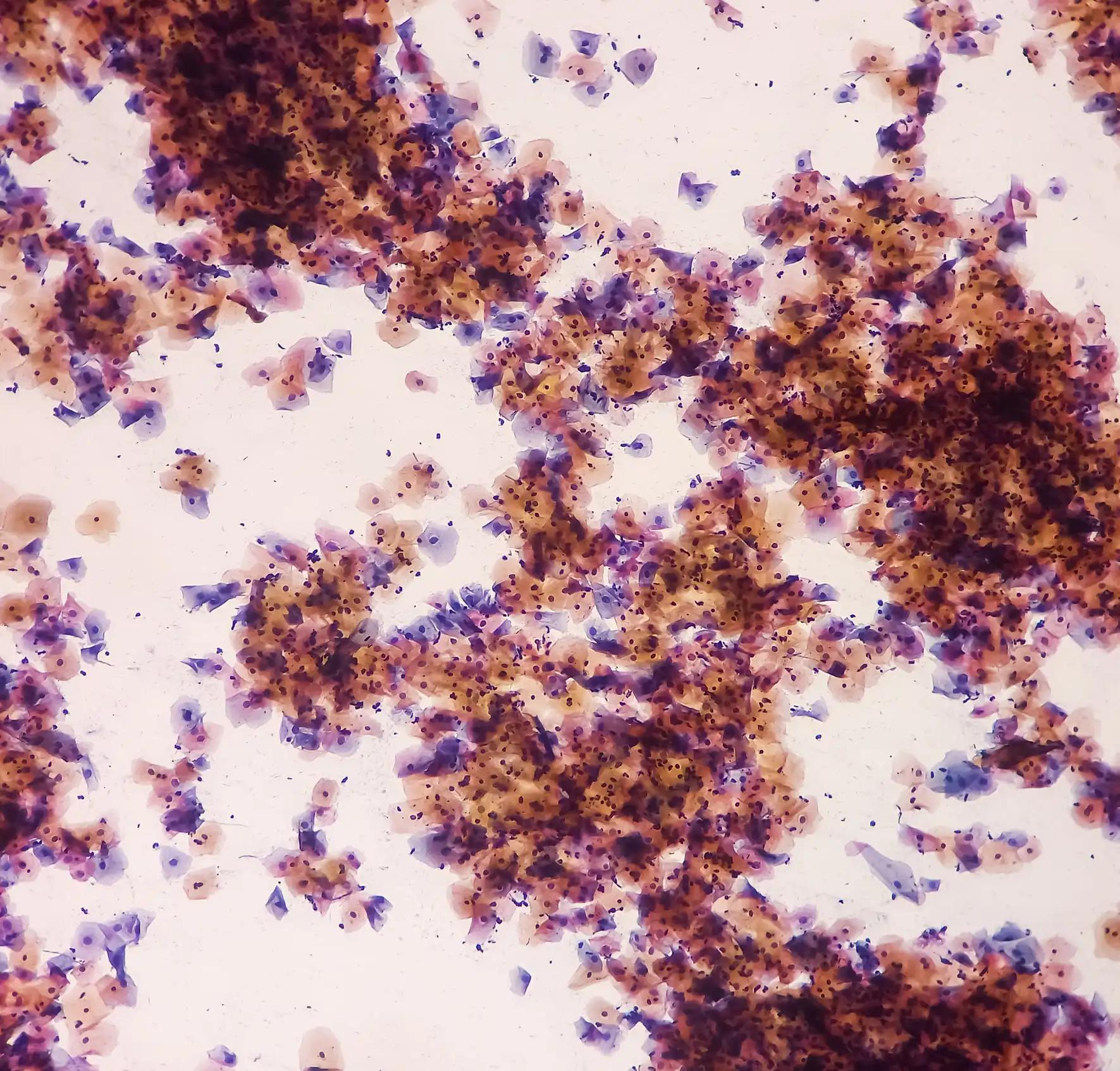KEY TAKEAWAYS
- The phase II trial aimed to evaluate the efficacy, safety, and PK of HLX208 in adult LCH/ECD with BRAFV600E mutation.
- The primary endpoint was to determine ORR. Secondary endpoints include safety, other efficacy measures, and PK profile.
- The study found that HLX208 was safe and effective for LCH/ECD.
HLX208 is a new drug that blocks a protein called BRAFV600E found in some cancer cells. This has shown promising results in preclinical studies, where it has killed cancer cells and shrunk tumors. Researchers aimed to evaluate the efficacy, safety, and pharmacokinetics(PK) of HLX208 in adult LCH/ECD with BRAFV600E mutation.
The study included pts with confirmed Langerhans cell histiocytosis (LCH) and Erdheim-Chester disease (ECD). They received oral HLX208 at a dose of 450 mg twice daily in 28-day cycles. Treatment continued until disease progression, intolerable toxicity, consent withdrawal, new antitumor therapy initiation, or death, whichever came first. The primary endpoint was to determine the objective response rate (ORR), assessed by an independent review committee (IRC) using PET Response Criteria in Solid Tumors (PERCIST) 1.0. Secondary endpoints include evaluating safety and other efficacy measures and studying the pharmacokinetics of HLX208.
About 22 pts with LCH and ECD were included, all receiving at least one dose of HLX208. The median age of the pts was 39 years (range 18–69), with 40.9% being male. Among them, 54.5% were diagnosed with LCH, 40.9% with ECD, and 4.5% had both LCH and ECD. About 27.3% had single-system multifocal disease, while 72.7% had multisystem disease. The median follow-up duration was 4.8 months (95% CI 2.7–5.7).
Among the 10 pts for whom efficacy was evaluated, the unconfirmed overall response rate (ORR) assessed by the independent review committee (IRC) using PERCIST 1.0 was 90.0% (95% CI 55.5–99.7%), including 2 complete metabolic responses (CMR) and 7 partial metabolic responses (PMR). According to investigators using PERCIST 1.0, the ORR was 100.0% (95% CI 69.2–100.0%), comprising 3 CMRs and 7 PMRs. The disease control rate was 100.0% (95% CI 69.2–100.0%) as evaluated by both IRC and investigators using PERCIST 1.0.
The median duration of response, progression-free survival, and overall survival were not determined. Of 22 pts who received the drug, 17 (77.3%) had treatment-emergent adverse events (TEAEs). Among them, 12 (54.5%) reported treatment-related adverse events (TRAEs), with the most common being increased alanine aminotransferase (36.4%), aspartate aminotransferase (22.7%), γ-glutamyltransferase (18.2%), and blood lactate dehydrogenase (18.2%). Most TRAEs were grades 1 (27.3%) and 2 (18.2%). Only 2 pts (9.1%) experienced grade ≥3 TRAEs, and 1 patient (4.5%) had a treatment-related serious adverse event. None of the TEAEs resulted in treatment discontinuation or death.
The study found that HLX208 was safe and effective for LCH/ECD.
Source: https://ascopubs.org/doi/abs/10.1200/JCO.2023.41.16_suppl.7574
Clinical Trial: https://classic.clinicaltrials.gov/ct2/show/NCT05092815
Xin-xin Cao, Yu Wu, Peng Liu, Tianling Ding, Hongying Ye, Zhen Cai, Yu Zhang, Chen Hu, Xiaoli Hou, Guiyu Yang, Qingyu Wang, Jun Zhu, and Jian Li. DOI: 10.1200/JCO.2023.41.16_suppl.7574 Journal of Clinical Oncology 41, no. 16_suppl (June 01, 2023) 7574-7574.



